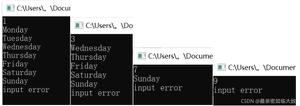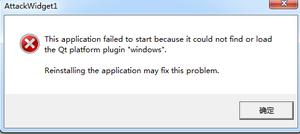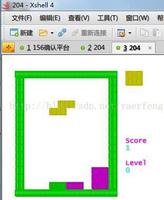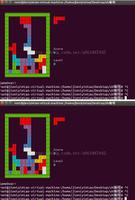用于链式哈希的C ++程序
散列是一种可以将任何长度的数据元素映射到固定大小的键的方法。散列用作键值对。
散列函数是在散列图中执行映射的函数。用作哈希函数输入的数据元素可能会获得相同的哈希键。在这种情况下,元素可能会重叠。为了避免具有相同哈希键的元素重叠,引入了链接的概念。
创建一个哈希映射
为了创建哈希映射,我们需要哈希函数,该函数将定义数据元素的索引值。
我们有一个带有n个存储桶的哈希表。要将节点插入到哈希表中,我们可以使用以下哈希函数:
hashIndex =键%noOfBuckets
现在,我们将使用此哈希函数并计算每个插入值到hashmap的hashindex 。
插入元素并计算给定键值的hashIndex,然后将新节点插入列表的末尾。
要删除节点,我们将计算哈希索引,并在与哈希索引相对应的存储桶中搜索存储桶中的元素并将其删除。
示例
#include<iostream>#include <list>
using namespace std;
class Hash{
int BUCKET;
list < int >*table;
public:
Hash (int V);
void insertItem (int x);
void deleteItem (int key);
int hashFunction (int x){
return (x % BUCKET);
}
void displayHash ();
};
Hash::Hash (int b){
this->BUCKET = b;
table = new list < int >[BUCKET];
}
void Hash::insertItem (int key){
int index = hashFunction (key);
table[index].push_back (key);
}
void Hash::deleteItem (int key){
int index = hashFunction (key);
list < int >::iterator i;
for (i = table[index].begin (); i != table[index].end (); i++){
if (*i == key)
break;
}
if (i != table[index].end ())
table[index].erase (i);
}
void Hash::displayHash (){
for (int i = 0; i < BUCKET; i++){
cout << i;
for (auto x:table[i])
cout << " --> " << x;
cout << endl;
}
}
int main (){
int a[] = { 5, 12, 67, 9, 16 };
int n = 5;
Hash h (7);
for (int i = 0; i < n; i++)
h.insertItem (a[i]);
h.deleteItem (12);
h.displayHash ();
return 0;
}
输出结果
01
2 --> 9 --> 16
3
4 --> 67
5 --> 5
6
以上是 用于链式哈希的C ++程序 的全部内容, 来源链接: utcz.com/z/331227.html








